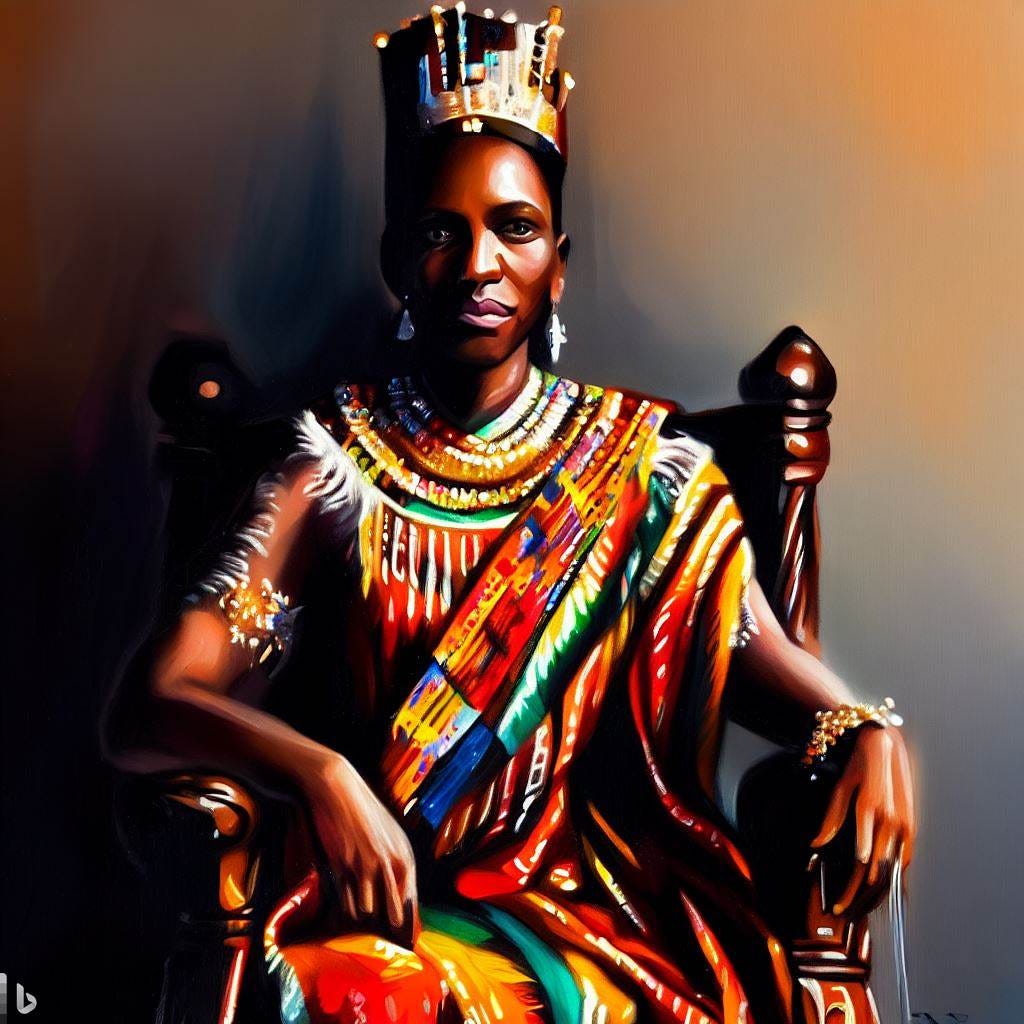Seychelles — a paradise of turquoise waters and white sands — has an unexpected history as a colonial-era prison for exiled royals, from Ghana’s King Prempeh I to warriors like Yaa Asantewaa.
This dual identity resurfaces as Miss Russia 2024’s recent near-death incident highlights the islands’ lingering reputation as both a luxury destination and a site of historical trauma. The archipelago’s past as a British exile hub for African leaders contrasts sharply with its modern allure.
Today, descendants of those exiled rulers still trace their roots to Seychelles, where forced isolation created enduring cultural bonds. Their stories reveal how remote islands served as tools of imperial control—and unexpectedly, bridges between continents.
- The Seychelles served as a British colonial exile destination, notably for Asantehene Prempeh I and his court after their defeat in 1900. The archipelago’s remote location made it ideal for isolating political prisoners.
- Miss Russia 2024’s recent medical emergency in Seychelles draws unexpected parallels to its historical role, reigniting interest in the islands’ dual identity as both tropical paradise and colonial penal site.
- Local Seychellois still celebrate Prempeh’s legacy, with residents affectionately greeting his descendants as “Princess,” demonstrating the enduring cultural impact of this exiled royalty.
Community Reactions
コメントはまだありません
Miss Russia 2024’s Seychelles Scare and the British Exile of King Prempeh: Why Was Seychelles a Hotspot for Royals and Prisoners?

Why did Britain choose Seychelles for royal exiles?
The British Empire strategically selected Seychelles as an exile destination for rebellious royals like King Prempeh I of the Ashanti Empire and Queen Mother Yaa Asantewaa due to its extreme isolation. Located 1,000 miles off Africa’s east coast, the archipelago’s remoteness made escape nearly impossible. The tropical climate also served as psychological warfare—luxurious surroundings contrasted with the prisoners’ forced idleness.
Nearly 300 political prisoners were exiled to Seychelles between 1875-1925, including Zulu chiefs and Sudanese rebels. The British built special villas for high-status captives like Prempeh, maintaining feudal hierarchies even in captivity. This calculated hospitality aimed to prevent martyrdoms while neutralizing threats.




What really happened to Miss Russia in Seychelles?


The 18-year-old beauty queen’s near-fatal incident—reportedly a jellyfish sting or diving accident—mirrors Seychelles’ dual identity as both paradise and peril. While the islands attract elites with pristine beaches, their isolation means limited emergency care. Historical records show exiled royals similarly grappled with tropical diseases and inadequate medical attention.
The 2024 incident revived memories of exiled Queen Mother Yaa Asantewaa’s death in Seychelles in 1921, though from natural causes. Both cases reveal how the archipelago’s beauty conceals vulnerabilities—whether for modern tourists or historical prisoners.
Parallels between past and present
- Both involved high-profile figures suddenly vulnerable in paradise
- Isolation delayed medical response in both eras
- Incidents sparked international attention to Seychelles’ remoteness
How did exiled royals survive in Seychelles?
Archival records reveal Ashanti exiles maintained courtly rituals despite captivity. Prempeh’s villa housed 16 wooden buildings for his entourage, where they continued Ashanti traditions. The British provided allowances but forbade political activity. Some exiles, like Sudanese dervishes, were put to work building roads—a stark contrast to the Ashanti nobles’ privileged confinement.
| Exile Group | Living Conditions | Duration |
|---|---|---|
| Ashanti Royals | Villas with servants | 1900-1924 |
| Zulu Chiefs | Barracks confinement | 1879-1897 |
| Sudanese Rebels | Forced labor | 1880s-1900s |






Who else was secretly exiled to Seychelles?
Beyond famous cases like Prempeh, Seychelles housed obscure dissidents from across the empire. In 1902, Somali religious leader Mohammed Abdullah Hassan sent followers there. Malaysian nationalists arrived after 1875 rebellions. The isolation severed their influence—letters took 6 months to reach Africa. Many graves at Mont Fleuri cemetery hold unnamed exiles who died forgotten.
Could Seychelles exile happen today?
Modern international law prohibits exile, but wealthy nations still exploit remote territories for extrajudicial containment. The US detention center in Diego Garcia (British Indian Ocean Territory) continues this legacy. Meanwhile, Seychelles now profits from its dark history—Prempeh’s villa is a heritage site, and Yaa Asantewaa’s exile route attracts Ghanaian tourists.


Modern equivalents
- Assange’s embassy confinement parallels physical exile
- Russia’s use of Siberian penal colonies
- Australia’s offshore migrant detention
